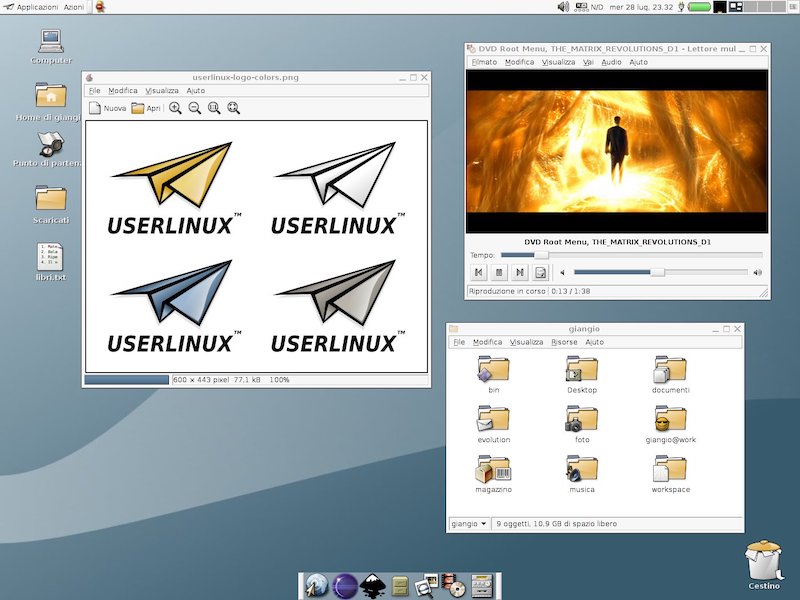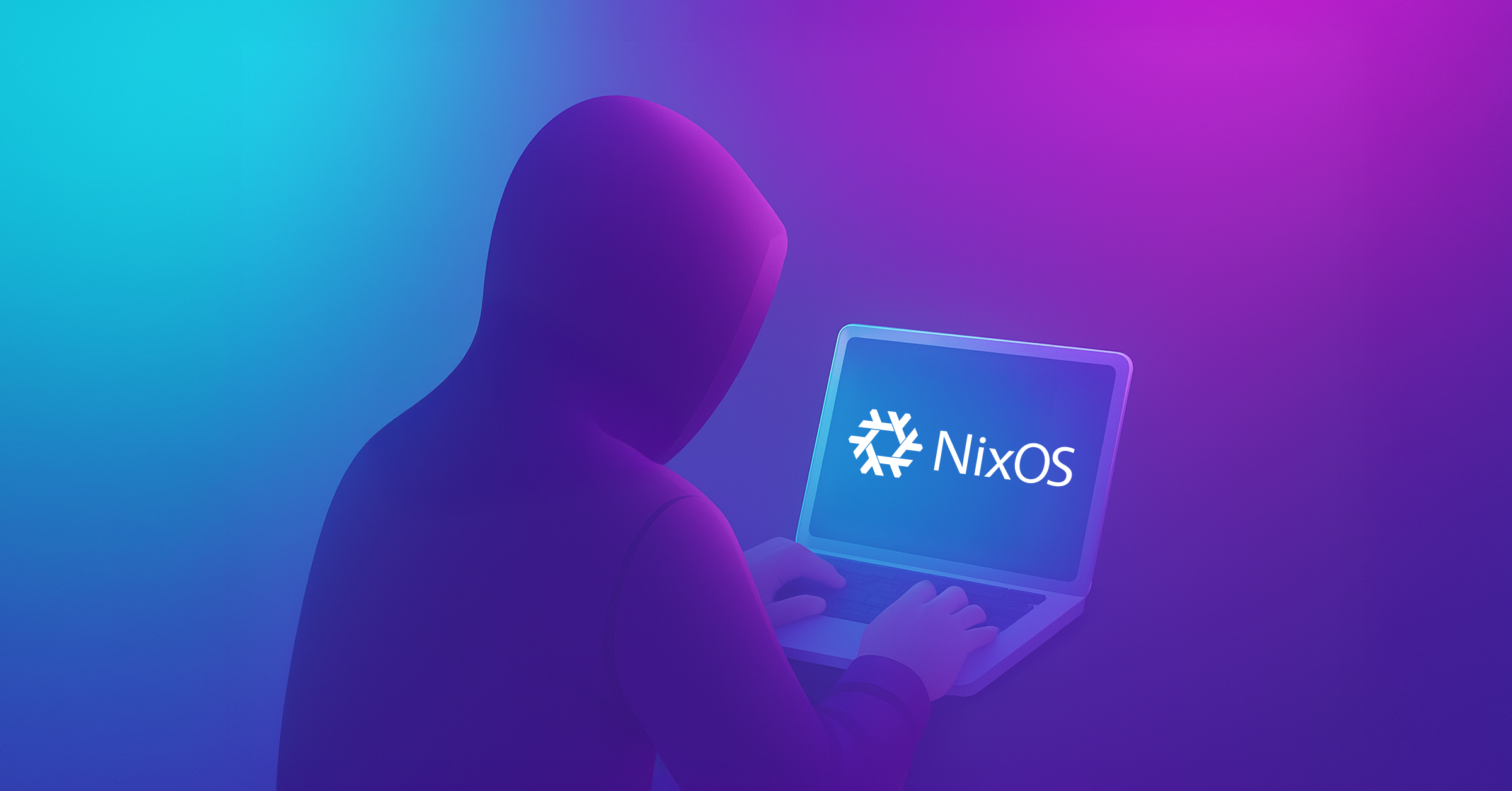

I printed bushings for the augers we have on the bottoms of a couple grain bins. They’ve lasted for about 10 years in ABS, and the old ones were ridiculously expensive to replace even though they were just made of maple. Probably run a couple of million bushels of grain through those augers since I replaced them.
I also replace the impellers in a couple of pumps we use to pump river water up to cattle, and the design I cribbed is probably twice as effective as the originals, making it more efficient for the solar panels we use to power them.
I’ve replaced various implement parts around the farm with other prints, things like parts for our seeder and sprayer.






















I honestly predicted that “derp” would be taken up in slang when that show came out For one of the few times in my life, I was right.